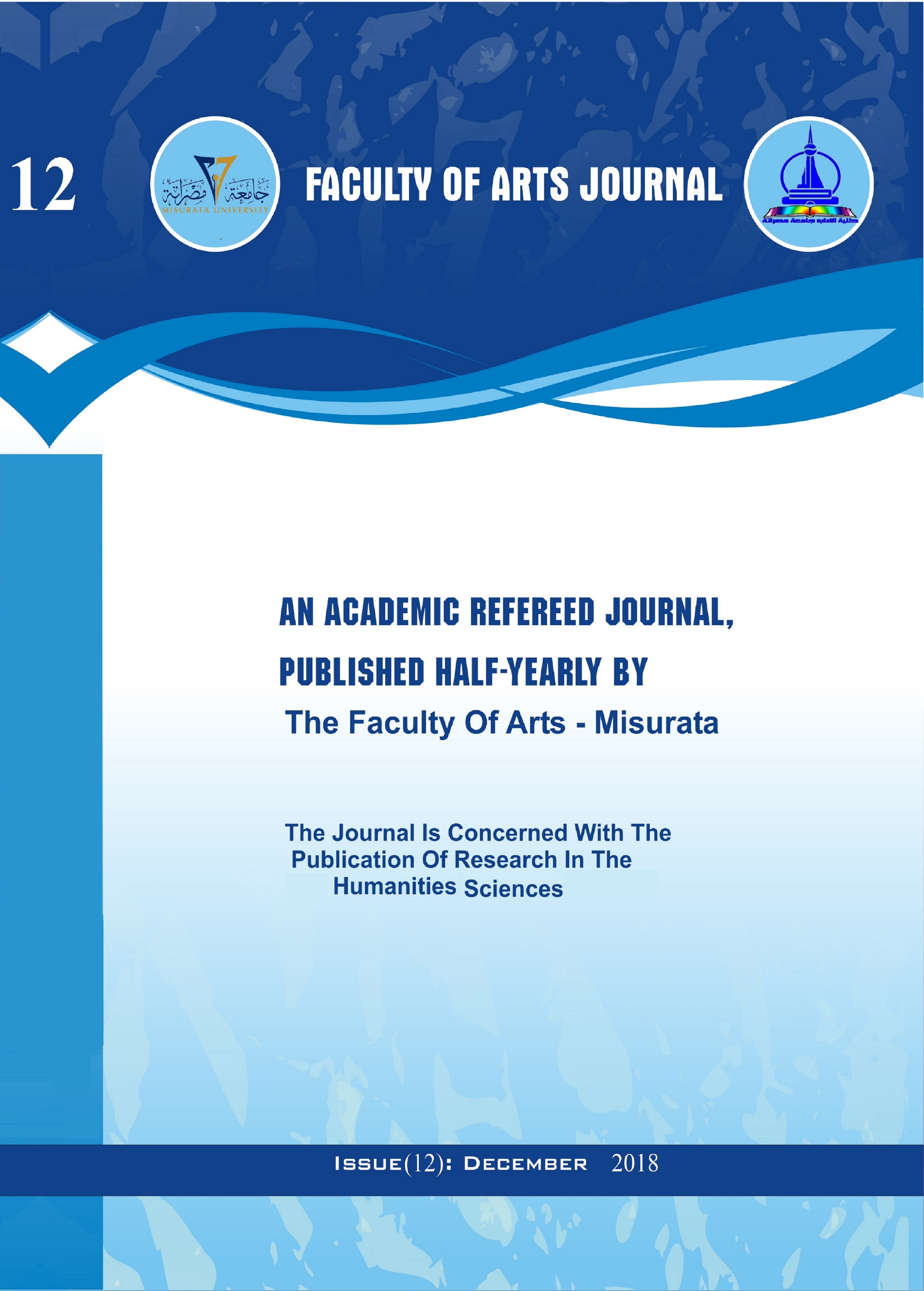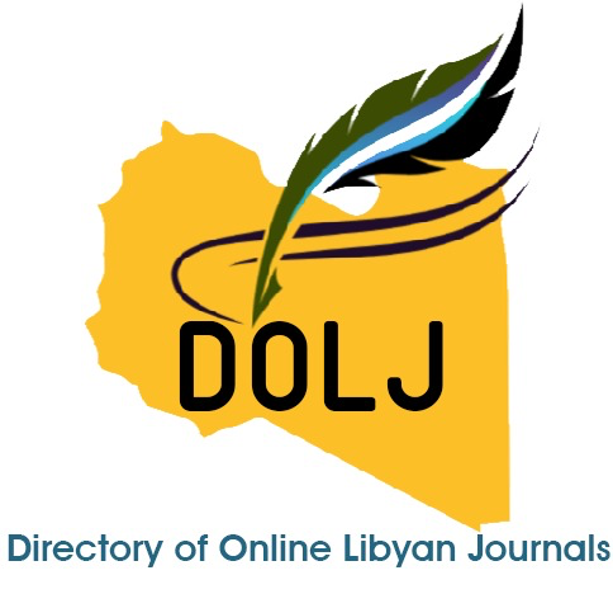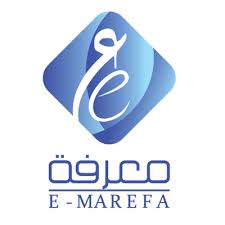The Reconciliation of Reason and Revelation in Al-Kindi’s Thought: An Analytical Study
DOI:
https://doi.org/10.36602/faj.2018.n12.05Keywords:
Reason and Tradition, Reconciliation, the Mu'tazila, Al-KindīAbstract
Al-Kindī was among the earliest Muslim intellectuals who meditated about the problematic of Mind and Transference. He proved with brilliant thought the relationship between mind and transference, and sought to reconcile between these two sources with rationality to reach certainty.
This reconciliation attempting was approved in Al-Kindi's various works, represented by the letters mentioned in the research, as well as his believing that philosophy is concerned with the causes, reasons and the knowledge of information to reach facts and certainty. He divided philosophical science into figures and characters such as theory of rationality and Mathematics. Al-Kindi was interested in the inspiration of mind as a simple essence recognizing things from their facts, set the essence ranks and divided it into four sections.
His ideas contained the evidence of the world's existence, and the emersion of time stage in the matter of reconciling mind and transference. Immersing in an Arab-Islamic environment, He evaluated religious principles with a mental view, interpreting its concepts with rational evidence. Despite his early affiliation to Mu'tazila, He aspired to interpret the Holy Quran rationally, and tried to interpret Quranic concepts based on reason, which eliminates the suspicion of pure belonging to Mu'tazila, because this philosophical character is due to his firm faith in religion and philosophy at the same time.
Downloads
Published
How to Cite
Issue
Section
License
Copyright (c) 2018 محمد علي عبد الصادق

This work is licensed under a Creative Commons Attribution 4.0 International License.
All works published in this journal are licensed under the Creative Commons Attribution 4.0 International License (CC BY 4.0), which permits use, sharing, adaptation, and redistribution for any purpose, including commercial ones, provided that proper credit is given to the original author and source, a link to the license is provided, and any changes made are indicated.
















